Points on the Curve (2016)
Drawn from the title of Luciano Berio’s composition ‘Points on the curve to find…’ (1974), 4DSOUND: Points On The Curve investigated landmark historical spatial compositions, whilst exploring new possibilities for musical forms and sound exploration using emerging spatial sound tools and technologies.
With 4DSOUND as the instrument, the programme explores a range of ideas and expressions that concern with the past, present and future of music. The programme includes a multi-disciplinary Spatial Sound Hacklab, four new Artist Residencies, an artist presentation and discussion session, presentation and interpretation of spatial compositions by pioneering modern composers Edgar Varese and Iannis Xenakis, and a showcase with experimental Berlin imprint raster-noton in celebration of their 20th anniversary.
4DSOUND: Points on the Curve consisted of an Artist-Residency series and Creative Exchange as part of the Spatial Sound Institute in Budapest in collaboration with the Ferenc Liszt Academy of Music, and as part of GLOBALE ZKM festival. GLOBALE is a 300-day programme coinciding with the 300th anniversary of the city of Karlsruhe, home of the renowned ZKM Center for Culture and Media Technologies. An expansive and ambitious inquiry into art in the globalised and digital age, GLOBALE explores multiple themes including the use of tools for mediation in human expression, shifting patterns in global a-synchronisation and the re-emergence of scientific discovery in art.
The programme commenced with a Spatial Sound Hacklab, as part of Performing Sound, Playing Technology, ZKM’s cooperation with TU Berlin and UdK Berlin. Over the course of 4 days, twenty selected coders, technologists, creators and performers explored new instrumental approaches, performance tools and conceptual frameworks in working with spatial sound.
The programme included new interpretations of landmark spatial compositions by Edgar Varèse and Iannis Xenakis, and a showcase with experimental Berlin imprint raster-noton in celebration of their 20th anniversary. Presented and interpreted in 4DSOUND by founder Paul Oomen, Spatial Sound Institute and ZKM explored how modern technologies and approaches can bring new facets of key archival works to light, whilst suggesting new directions for composing within the medium moving forward. Exploring the physical reality of the archival material, the interpretation asks: if the composers had been working in this time with current technologies, what would it have meant for their process if they had the tools we have now, and would they have chosen a similar approach?
Written in 1960, Orient-Occident differs from the rest of the composer's electro-acoustic oeuvre. An 11- minute piece originally created as part of an exhibition at the Louvre, it is closer to sound coming from the GRM (groupe de recherches musicales) studios in Paris. Working at the level of sound objects, it features many blocks of overlapping and juxtaposed sounds, created through his innovative use of layering and sound collage developed during his time there. The presentation and interpretation seeks to faithfully release the original dimensionality within the sound recordings.
The programme offered the rare opportunity to experience Edgar Varèse's seminal Poème électronique, also re-intepreted in 4DSOUND by Paul Oomen. An 8-minute piece originally composed for the futuristic Philips Pavilion at the 1958 Brussels World Fair, a huge accomplishment in sonic architecture, working with some of the most advanced technology of the time. An early example of a spatial sound installation, the tape recording's spatialisation was manipulated for the composer via banks of hundreds of speakers embedded in the walls of the Le-Corbusier designed Pavilion.
As part of the residency programme, the impressive ’…and a spark lit the blaze’ was created - a work composed for 4DSOUND by young Belgian sound designer and composer Koenraad Ecker, exploring how orientation-through-sound plays an essential role in regulating our instinctive emotions and responses. Closeness, fear, protection and isolation, even feelings of warmth or coldness are influenced by the space we acoustically perceive ourselves to be in. Ecker arranges a spatial ecology of everyday objects recorded and processed in meticulous detail, creating strangely discomforting, even menacing relationships with the familiar at new levels of scale and intimacy.
English artist, writer and teacher Alyssa Moxley, based in Athens, works with experimental microphone techniques that enabled her to capture a collection of engrossing field recordings over the last decade, which she uses to explore questions of individual and shared space, notions of receptivity and reciprocity in the corporeal, sound as spatial and emotional memory, and how sound can be transmitted through subjective, proprioceptive responses to the individual’s perception of place.
The programme also incorporated three new works for 4DSOUND by students of the Electronic Music Media Department of the Ferenc Liszt Academy of Music Bálint Laczkó, Soma Farkas Szakál and Ádám Krasz, developed during artist residencies at the Spatial Sound Institute and performances of new works in 4DSOUND by Cristian Vogel and M.E.S.H.
With 4DSOUND as the instrument, the programme explores a range of ideas and expressions that concern with the past, present and future of music. The programme includes a multi-disciplinary Spatial Sound Hacklab, four new Artist Residencies, an artist presentation and discussion session, presentation and interpretation of spatial compositions by pioneering modern composers Edgar Varese and Iannis Xenakis, and a showcase with experimental Berlin imprint raster-noton in celebration of their 20th anniversary.
4DSOUND: Points on the Curve consisted of an Artist-Residency series and Creative Exchange as part of the Spatial Sound Institute in Budapest in collaboration with the Ferenc Liszt Academy of Music, and as part of GLOBALE ZKM festival. GLOBALE is a 300-day programme coinciding with the 300th anniversary of the city of Karlsruhe, home of the renowned ZKM Center for Culture and Media Technologies. An expansive and ambitious inquiry into art in the globalised and digital age, GLOBALE explores multiple themes including the use of tools for mediation in human expression, shifting patterns in global a-synchronisation and the re-emergence of scientific discovery in art.
The programme commenced with a Spatial Sound Hacklab, as part of Performing Sound, Playing Technology, ZKM’s cooperation with TU Berlin and UdK Berlin. Over the course of 4 days, twenty selected coders, technologists, creators and performers explored new instrumental approaches, performance tools and conceptual frameworks in working with spatial sound.
The programme included new interpretations of landmark spatial compositions by Edgar Varèse and Iannis Xenakis, and a showcase with experimental Berlin imprint raster-noton in celebration of their 20th anniversary. Presented and interpreted in 4DSOUND by founder Paul Oomen, Spatial Sound Institute and ZKM explored how modern technologies and approaches can bring new facets of key archival works to light, whilst suggesting new directions for composing within the medium moving forward. Exploring the physical reality of the archival material, the interpretation asks: if the composers had been working in this time with current technologies, what would it have meant for their process if they had the tools we have now, and would they have chosen a similar approach?
Written in 1960, Orient-Occident differs from the rest of the composer's electro-acoustic oeuvre. An 11- minute piece originally created as part of an exhibition at the Louvre, it is closer to sound coming from the GRM (groupe de recherches musicales) studios in Paris. Working at the level of sound objects, it features many blocks of overlapping and juxtaposed sounds, created through his innovative use of layering and sound collage developed during his time there. The presentation and interpretation seeks to faithfully release the original dimensionality within the sound recordings.
The programme offered the rare opportunity to experience Edgar Varèse's seminal Poème électronique, also re-intepreted in 4DSOUND by Paul Oomen. An 8-minute piece originally composed for the futuristic Philips Pavilion at the 1958 Brussels World Fair, a huge accomplishment in sonic architecture, working with some of the most advanced technology of the time. An early example of a spatial sound installation, the tape recording's spatialisation was manipulated for the composer via banks of hundreds of speakers embedded in the walls of the Le-Corbusier designed Pavilion.
As part of the residency programme, the impressive ’…and a spark lit the blaze’ was created - a work composed for 4DSOUND by young Belgian sound designer and composer Koenraad Ecker, exploring how orientation-through-sound plays an essential role in regulating our instinctive emotions and responses. Closeness, fear, protection and isolation, even feelings of warmth or coldness are influenced by the space we acoustically perceive ourselves to be in. Ecker arranges a spatial ecology of everyday objects recorded and processed in meticulous detail, creating strangely discomforting, even menacing relationships with the familiar at new levels of scale and intimacy.
English artist, writer and teacher Alyssa Moxley, based in Athens, works with experimental microphone techniques that enabled her to capture a collection of engrossing field recordings over the last decade, which she uses to explore questions of individual and shared space, notions of receptivity and reciprocity in the corporeal, sound as spatial and emotional memory, and how sound can be transmitted through subjective, proprioceptive responses to the individual’s perception of place.
The programme also incorporated three new works for 4DSOUND by students of the Electronic Music Media Department of the Ferenc Liszt Academy of Music Bálint Laczkó, Soma Farkas Szakál and Ádám Krasz, developed during artist residencies at the Spatial Sound Institute and performances of new works in 4DSOUND by Cristian Vogel and M.E.S.H.
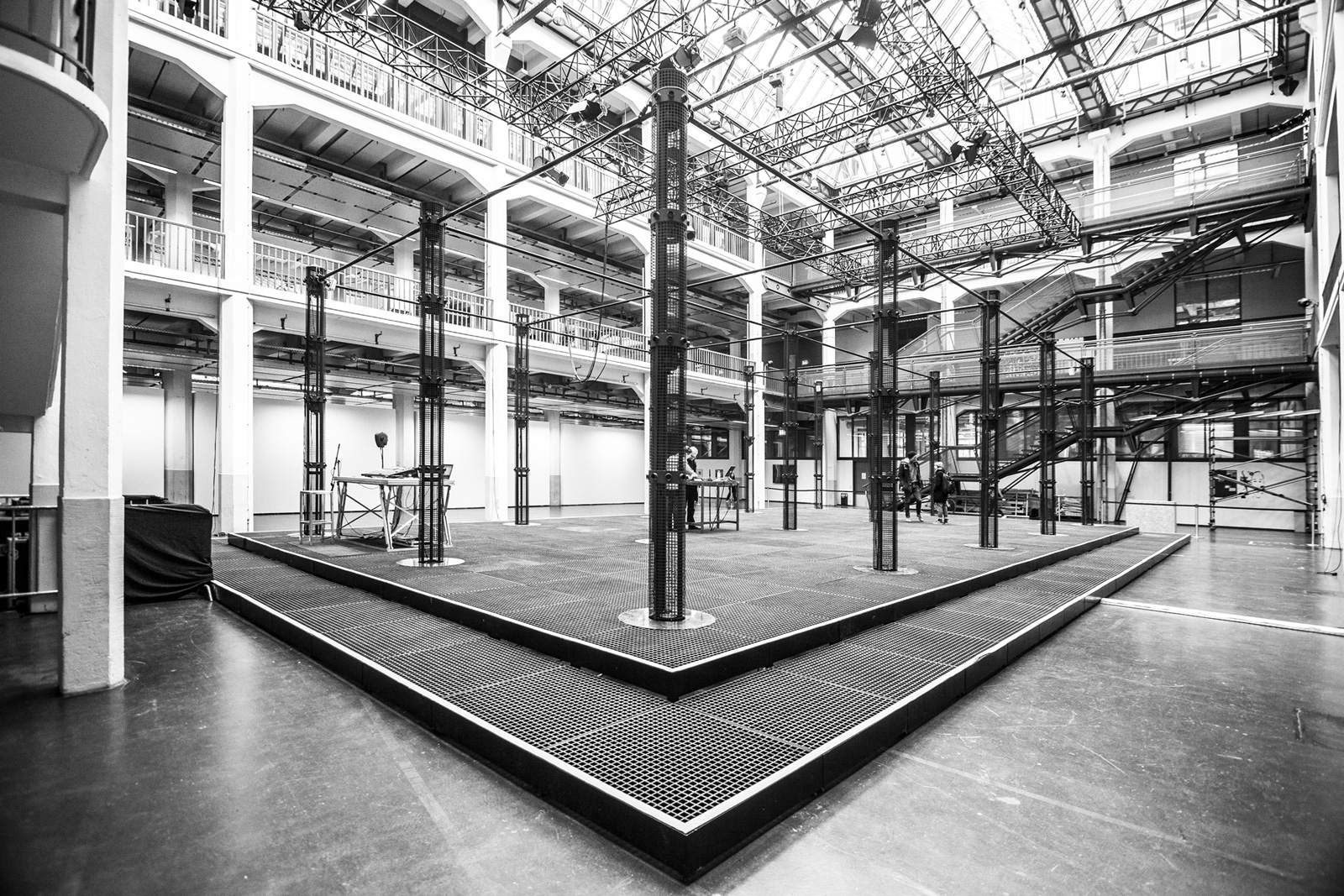
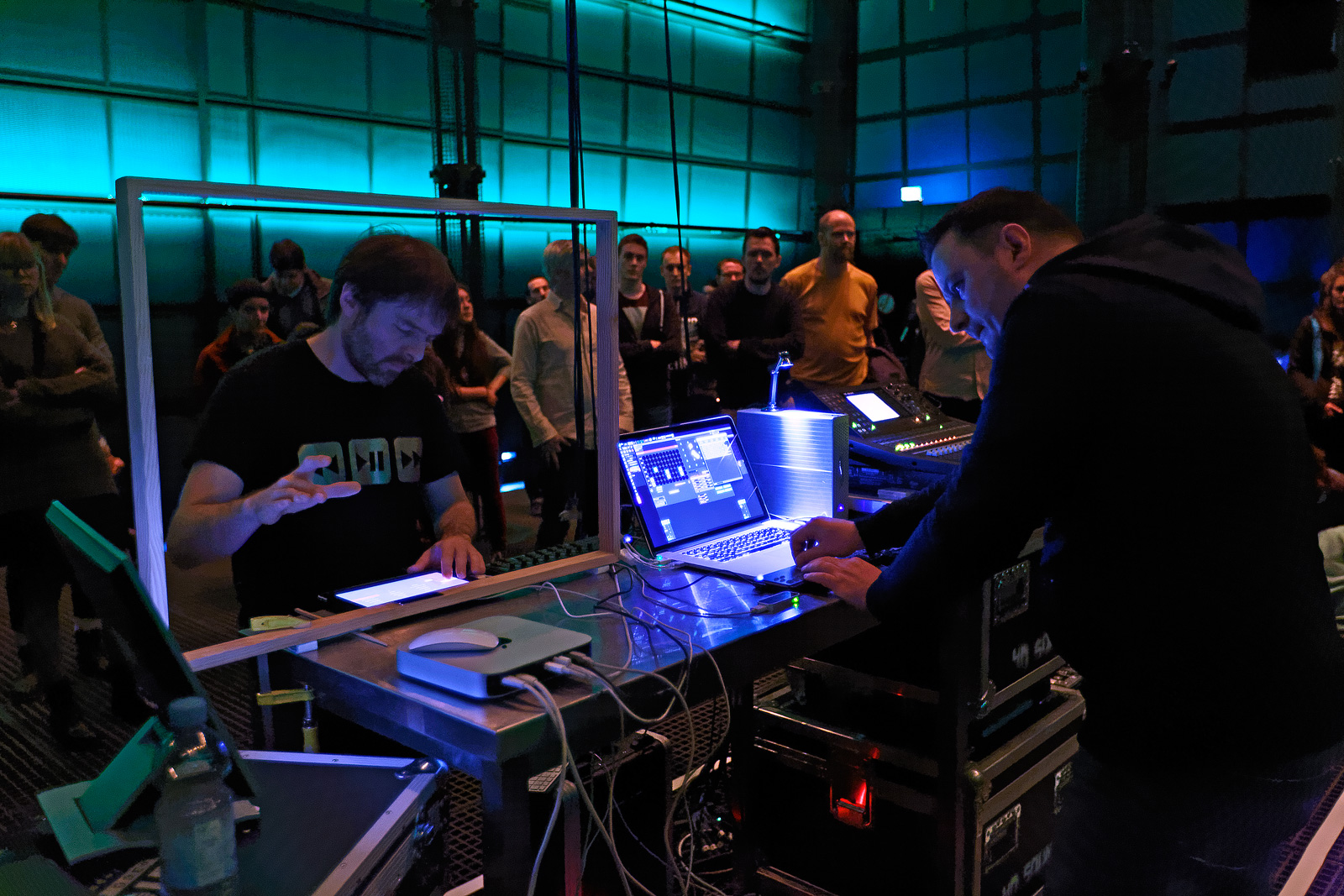
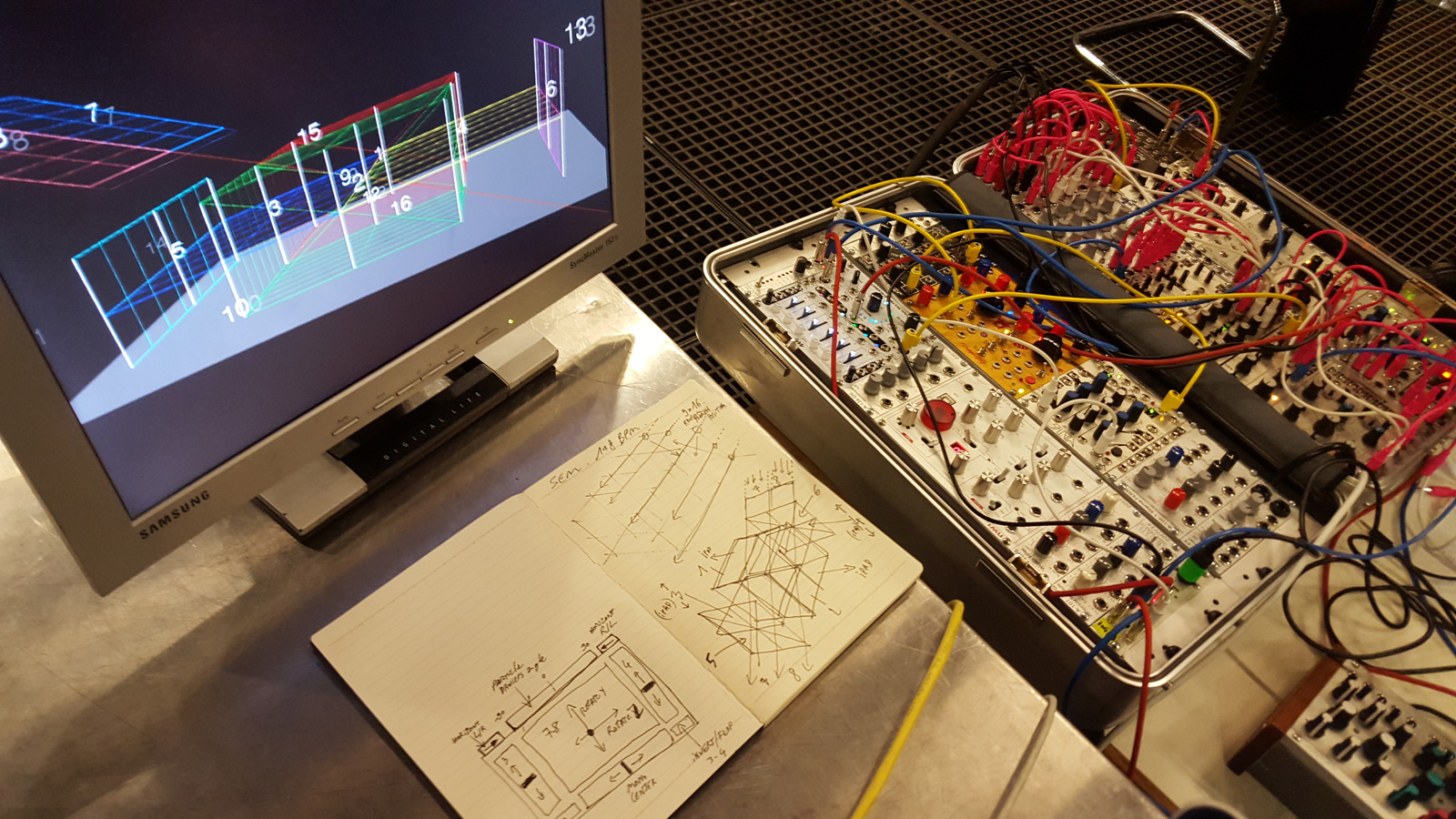

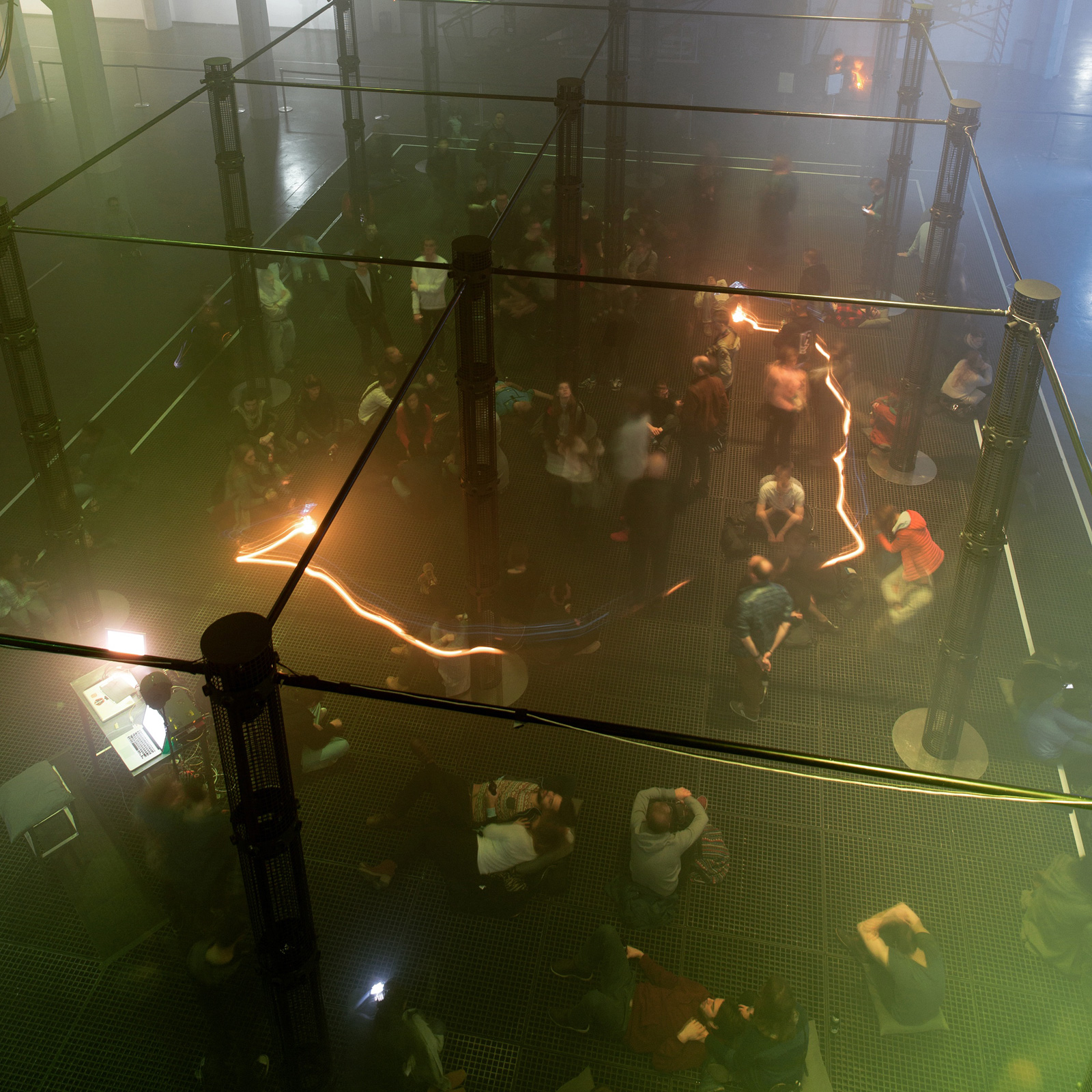

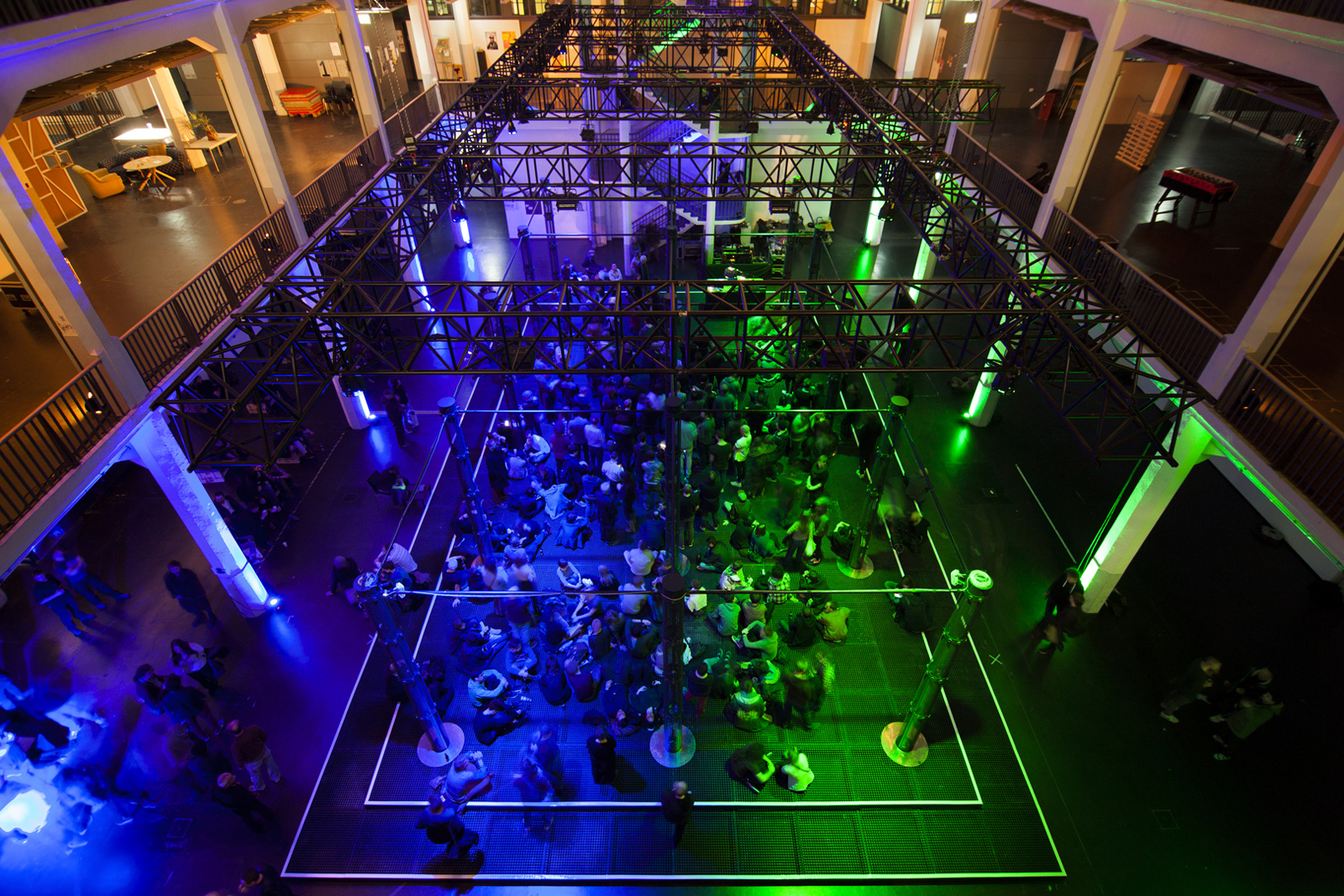



—
Related:
 ZKM presents 4DSOUND: Experiencing spatial Sound In A New Way
(2016)
ZKM presents 4DSOUND: Experiencing spatial Sound In A New Way
(2016)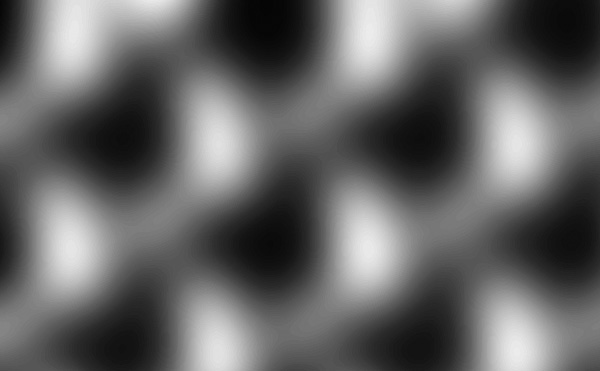 Spatial Sound Hacklab at ZKM GLOBALE: A Review (2016)
Spatial Sound Hacklab at ZKM GLOBALE: A Review (2016)